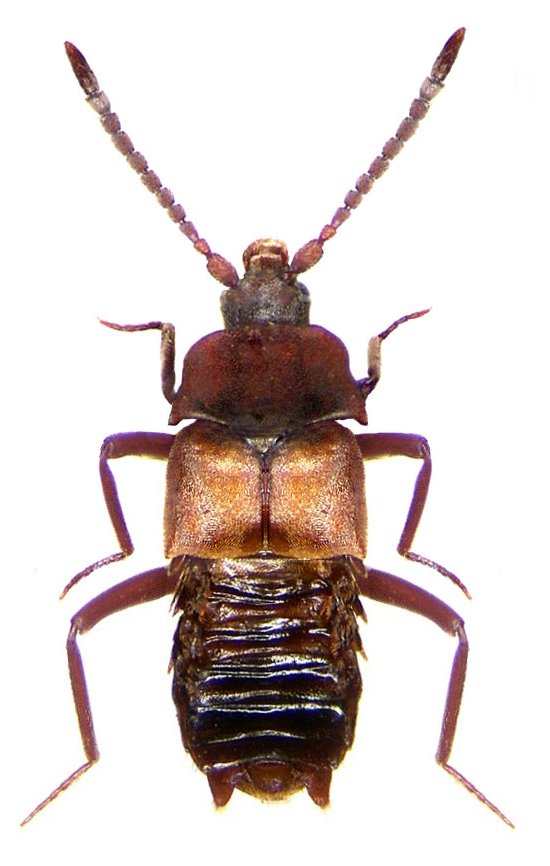|
Calodera
''Calodera'' is a genus of beetles belonging to the family Staphylinidae. The genus was first described by Mannerheim in 1830. The genus has cosmopolitan distribution. Species: * ''Calodera aethiops'' * ''Calodera nigrita'' * ''Calodera protensa'' * ''Calodera riparia'' * ''Calodera rubens'' * ''Calodera rufescens'' * ''Calodera uliginosa'' References {{Taxonbar, from=Q11963012 Aleocharinae Staphylinidae genera ... [...More Info...] [...Related Items...] OR: [Wikipedia] [Google] [Baidu] |
Calodera Protensa
''Calodera'' is a genus of beetles belonging to the family Staphylinidae. The genus was first described by Mannerheim in 1830. The genus has cosmopolitan distribution. Species: * '' Calodera aethiops'' * ''Calodera nigrita ''Calodera'' is a genus of beetles belonging to the family Staphylinidae. The genus was first described by Mannerheim in 1830. The genus has cosmopolitan distribution. Species: * ''Calodera aethiops'' * ''Calodera nigrita'' * ''Calodera proten ...'' * '' Calodera protensa'' * '' Calodera riparia'' * '' Calodera rubens'' * '' Calodera rufescens'' * '' Calodera uliginosa'' References {{Taxonbar, from=Q11963012 Aleocharinae Staphylinidae genera ... [...More Info...] [...Related Items...] OR: [Wikipedia] [Google] [Baidu] |
Calodera Aethiops
''Calodera aethiops '' is a species of rove beetles native to Europe.Norman H. Joy, 1932 ''A Practical Handbook of British Beetles ''A Practical Handbook of British Beetles'' is a two-volume work on the British beetle fauna, by Norman H. Joy, first published by H. F. & G. Witherby in January 1932. Contents Volume one (xxviii + 622 pages) consists of the text (largely ...'' References Staphylinidae Beetles described in 1802 Beetles of Europe {{staphylinidae-stub ... [...More Info...] [...Related Items...] OR: [Wikipedia] [Google] [Baidu] |
Aleocharinae
The Aleocharinae are one of the largest subfamilies of rove beetles, containing over 12,000 species. Previously subject to large-scale debate whether the subfamily deserved the familial status, it is now considered one of the largest subfamilies of rove beetles.James S. Ashe (1947–2005Tree of lifeUniversity of Kansas, Lawrence, Kansas, USA Description The Aleocharinae are generally small to minute beetles, as they can reach a maximum length of about , but usually they are long, with a few species of , among the smallest of beetles. The body is usually slender, often densely and finely punctured; the head is more or less round and the color may be light or dark brown, reddish-brown, or black, sometimes with contrasting colors of red, yellow, and black. Anatomy Because of the size of the subfamily, their anatomy is extremely variable. However, a few key features are shared by all rove beetles. All members have antennae with 10 or 11 segments. The antennal insertion is poster ... [...More Info...] [...Related Items...] OR: [Wikipedia] [Google] [Baidu] |
Beetle
Beetles are insects that form the Taxonomic rank, order Coleoptera (), in the superorder Holometabola. Their front pair of wings are hardened into wing-cases, elytra, distinguishing them from most other insects. The Coleoptera, with about 400,000 described species, is the largest of all orders, constituting almost 40% of described arthropods and 25% of all known animal species; new species are discovered frequently, with estimates suggesting that there are between 0.9 and 2.1 million total species. However, the number of beetle species is challenged by the number of species in Fly, dipterans (flies) and hymenopterans (wasps). Found in almost every habitat except the sea and the polar regions, they interact with their ecosystems in several ways: beetles often feed on plants and fungi, break down animal and plant debris, and eat other invertebrates. Some species are serious agricultural pests, such as the Colorado potato beetle, while others such as Coccinellidae (ladybirds or ... [...More Info...] [...Related Items...] OR: [Wikipedia] [Google] [Baidu] |
Staphylinidae
The rove beetles are a family (biology), family (Staphylinidae) of beetles, primarily distinguished by their short elytra (wing covers) that typically leave more than half of their abdominal segments exposed. With over 66,000 species in thousands of genera, the group is one of the largest families in the beetle order, and one of the largest families of organisms. It is an ancient group that first appeared during the Middle Jurassic based on definitive records of fossilized rove beetles, with the Late Triassic taxon ''Leehermania'' more likely belonging to Myxophaga. They are an ecologically and morphologically diverse group of beetles, and commonly encountered in terrestrial ecosystems. One well-known species is the devil's coach-horse beetle (''Ocypus olens''). For some other species, see List of rove beetle (Staphylinidae) species recorded in Britain, list of British rove beetles. Anatomy As might be expected for such a large family, considerable variation exists among the spe ... [...More Info...] [...Related Items...] OR: [Wikipedia] [Google] [Baidu] |
Cosmopolitan Distribution
In biogeography, a cosmopolitan distribution is the range of a taxon that extends across most or all of the surface of the Earth, in appropriate habitats; most cosmopolitan species are known to be highly adaptable to a range of climatic and environmental conditions, though this is not always so. Killer whales ( orcas) are among the most well-known cosmopolitan species on the planet, as they maintain several different resident and transient (migratory) populations in every major oceanic body on Earth, from the Arctic Circle to Antarctica and every coastal and open-water region in-between. Such a taxon (usually a species) is said to have a ''cosmopolitan'' distribution, or exhibit cosmopolitanism, as a species; another example, the rock dove (commonly referred to as a ' pigeon'), in addition to having been bred domestically for centuries, now occurs in most urban areas around the world. The extreme opposite of a cosmopolitan species is an endemic (native) species, or one foun ... [...More Info...] [...Related Items...] OR: [Wikipedia] [Google] [Baidu] |


